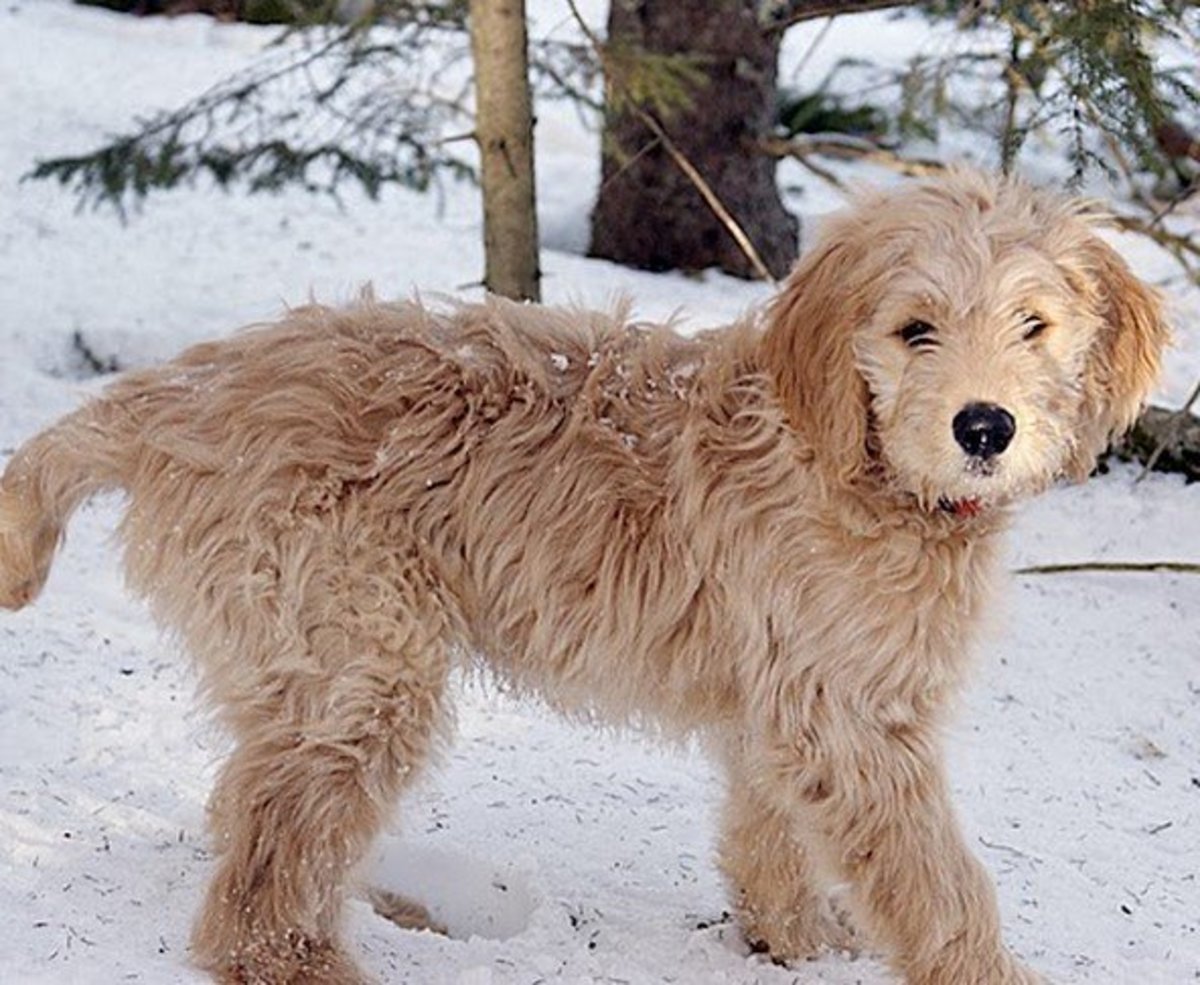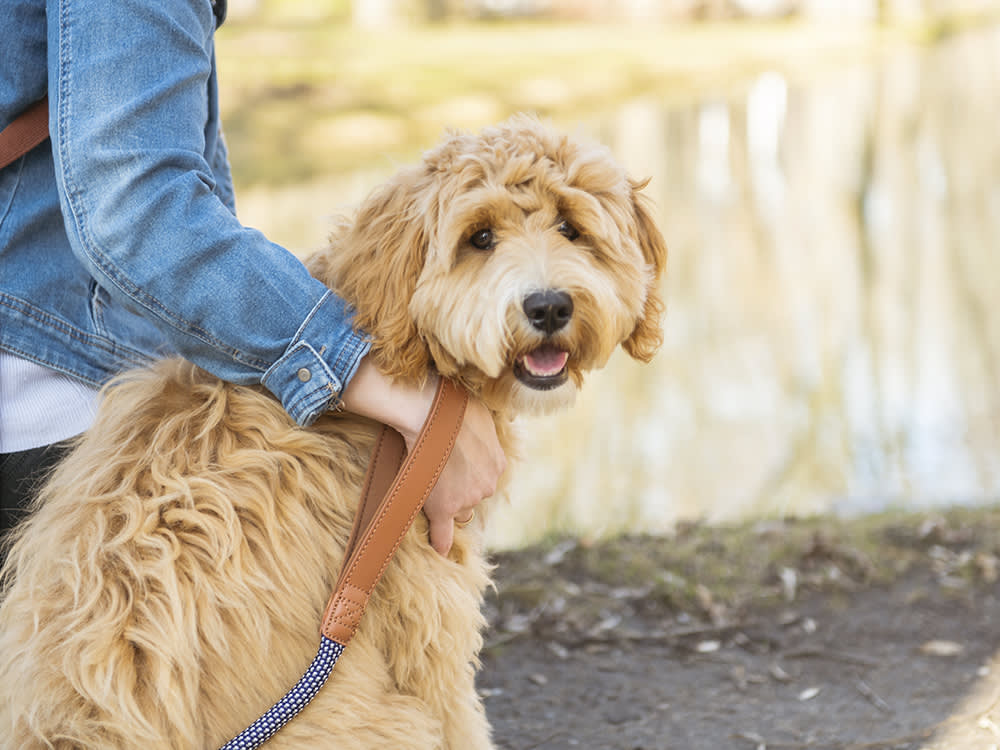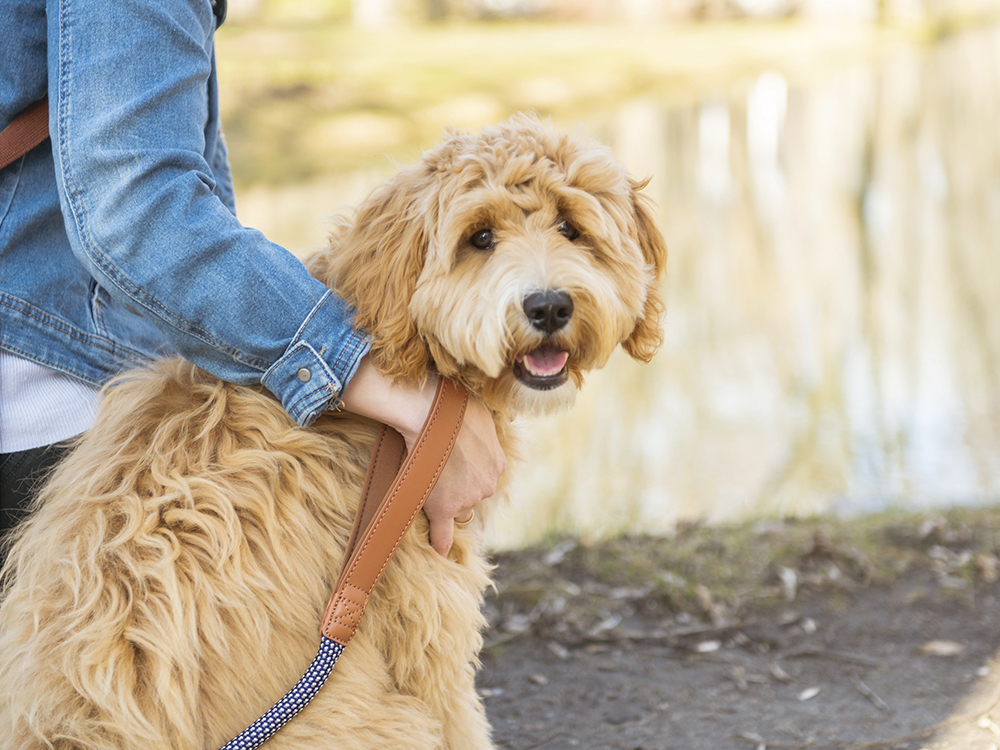Dogs do not have more puppies the more they mate; the number of puppies in a litter is determined by factors such as the size of the breed and the female dog’s reproductive health. These factors influence the number of eggs fertilized and successfully carried to term.
For example, larger dogs tend to have larger litters because they can safely carry more puppies. Additionally, the male dog does not determine the litter size; it is the female’s reproductive system that determines the number of eggs released and fertilized.
Thus, the number of puppies a dog has is not directly related to the frequency of mating.

Credit: pethelpful.com
Factors Affecting Litter Size
Although there is a common belief that multiple matings can increase litter size in dogs, the truth is that litter size is primarily determined by the female dog. Factors such as breed, size, and overall health of the female dog play a significant role in determining the number of puppies she can have.
Genetic And Breed-specific Factors
Some genetic and breed-specific factors can influence the size of a dog’s litter. Breeds with larger body sizes are generally known to produce larger litters. This is because larger dogs have more space in their uterus to safely carry and deliver a greater number of puppies. On the other hand, smaller dogs may have smaller litters due to the limited space available.
Additionally, the breed itself may have specific genetic factors that determine litter size. Certain breeds may have a genetic predisposition for larger or smaller litters, which can vary even within the same breed.
Health And Age-related Factors
The health and age of a dog can also play a role in determining litter size. Dogs in good overall health tend to have larger litters compared to dogs with underlying health issues. A healthy reproductive system is crucial for a dog to successfully conceive and carry a larger number of puppies.
The age of the female dog also affects litter size. Typically, young dogs who are in their prime reproductive years tend to have larger litters. As a dog ages, their fertility may decrease, resulting in smaller litters.
| Factors | Influences |
|---|---|
| Genetic and Breed-Specific Factors | Larger body size, breed-specific genetics |
| Health and Age-Related Factors | Overall health, reproductive system, age |
In conclusion, while the frequency of mating does not necessarily determine litter size in dogs, genetic and breed-specific factors, as well as the overall health and age of the dog, play significant roles in determining the size of a dog’s litter.
Maximizing Litter Size
When it comes to breeding dogs, many breeders and dog owners are interested in maximizing the litter size. The question arises: do dogs have more puppies the more they mate? In this section, we will explore the factors that can optimize the chances of having a larger litter size.
Optimizing mating management is crucial in achieving a larger litter size. Breeding dogs at the right time and proper timing between matings can significantly increase the chances of a successful breeding. Here are some tips for maximizing mating management:
- Not understanding the ideal frequency of mating
- Failure to identify the optimum period of fertilization
- Ignoring the importance of vaginal cytology
- Mixing up early heat with true estrus
Identifying the optimum period of fertilization is crucial in maximizing litter size. This period usually occurs around 48 to 72 hours after the first signs of heat. Breeding during this time ensures that the eggs released by the female will have a higher chance of being fertilized, increasing the chances of a larger litter.
Vaginal cytology is an essential tool for breeders. It involves examining vaginal cells under a microscope to determine the stage of the heat cycle. By monitoring the changes in the vaginal cells, breeders can accurately identify the optimal time for breeding and increase the chances of a larger litter size.
Early Heat vs. True Estrus
Understanding the difference between early heat and true estrus is crucial in maximizing litter size. Early heat, also known as false heat, occurs before the female is ready for breeding. Breeding during this time may result in a smaller litter size or even no pregnancy at all. True estrus, on the other hand, is the period when the female is receptive to mating and has the best chances of conception.
Progesterone tests are commonly used to determine the optimal time for breeding. These blood tests measure the level of progesterone in the female’s bloodstream, indicating the stage of the heat cycle. By tracking the progesterone levels, breeders can pinpoint the best time for breeding and maximize the chances of a larger litter size.
When it comes to mating, there are a few tips that can help increase the chances of a larger litter:
- Allow sufficient time for the male and female to mate.
- Ensure a quiet and comfortable environment for mating.
- Monitor the mating process closely to ensure successful copulation.
- Consider using artificial insemination techniques for optimal results.
In conclusion, by optimizing mating management, understanding the ideal timing for breeding, and utilizing proper techniques such as progesterone tests and vaginal cytology, breeders can maximize the chances of having a larger litter size. By following these tips and avoiding common mistakes, breeders can increase the chances of a successful breeding and potentially achieve their desired litter size.
Myths And Misconceptions
When it comes to dogs and their reproduction, there are numerous myths and misconceptions surrounding the topic. In this section, we will address two common misconceptions and delve into the science behind them.
Does The Male Dog Determine Litter Size?
Contrary to popular belief, the male dog does not determine the litter size. In mammals, it is the female who determines the size of the litter by the number of eggs she drops that become fertilized. While it is true that some sires have a reputation for producing more females, this is likely due to certain factors such as preferential breeding or genetic variations.
Can Unrelated Dogs Mate And Have Offspring?
It is a common misconception that unrelated dogs cannot mate and produce offspring. However, this is not true. In fact, mating unrelated dogs serves as the basis for outcrossing, which is a breeding strategy used to introduce genetic diversity into a breed or lineage. Outcrossing helps reduce the risk of inherited diseases and improves overall breed health.
It is important to note that while unrelated dogs can mate and have offspring, responsible breeding practices should always be followed to ensure the health and welfare of both the parents and the resulting puppies.
By debunking these common myths and misconceptions, we can gain a better understanding of the science behind dog reproduction and make informed decisions when it comes to breeding practices.

Credit: www.thewildest.com

Credit: www.thewildest.com
Frequently Asked Questions On Do Dogs Have More Puppies The More They Mate
What Determines The Amount Of Puppies A Dog Has?
The number of puppies a dog has is determined by the size and breed of the dog. Generally, larger dogs have larger litters because they can safely carry more puppies. The male dog determines the sex of the puppies, while the female dog determines the litter size based on the number of fertilized eggs she drops.
Does The Male Dog Determine Litter Size?
The male dog does not determine the litter size in dogs. The female dog determines the size of the litter based on the number of fertilized eggs she drops.
How Many Times Should A Dog Mate To Get Puppies?
On average, a dog needs to mate only once to get pregnant and have puppies.
How Many Puppies Can A Dog Give Birth To For The First Time?
A dog can give birth to an average of 6 to 8 puppies for the first time.
Conclusion
To determine whether dogs have more puppies the more they mate, it is important to consider various factors. While it is commonly believed that multiple matings can increase litter size, the size of the litter is actually determined by genetic factors, breed-specific characteristics, and the health and age of the dog.
Additionally, bigger dogs tend to have larger litters due to their ability to safely carry more puppies. So, while the frequency of mating may not directly impact the number of puppies, other factors do play a significant role.



